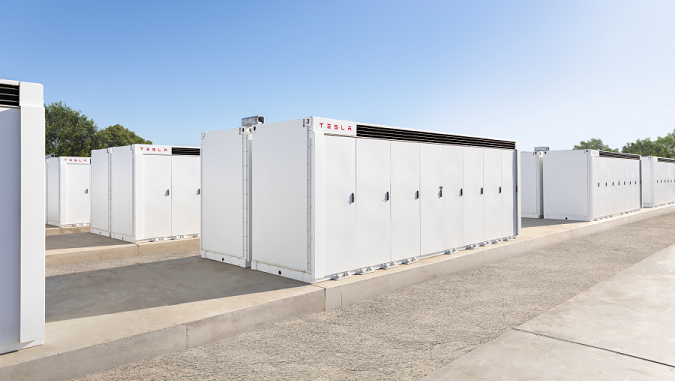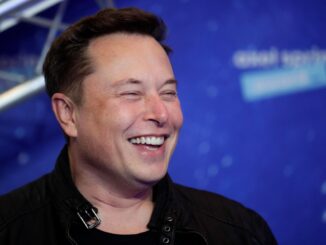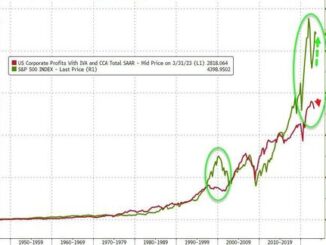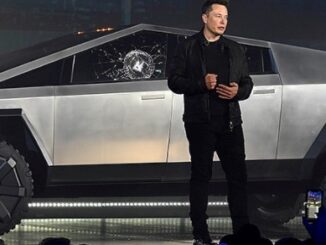
Tesla has recorded its highest energy storage deployments to date in the first quarter of 2023, enabled by the ramp up of its Megapack factory in Lathrop, California.
The electric vehicle (EV) and energy technology company reported its quarterly financial results last week. Energy storage deployments were 3,889MWh for Q1 2023, a 360% year-on-year growth from Q1 2022’s 846MWh.
Tesla earned just under US$1.4 billion from its energy generation and storage division in the three-month period. While the company doesn’t break out those figures between its solar PV and stationary battery storage activities, it only achieved 67MW of PV deployments in the quarter, indicating the major role energy storage plays in Tesla’s energy business.
In context, the company earned just under US$20 billion during the quarter in automotive revenues. However, in an earnings call to explain results, CEO Elon Musk said once again that stationary storage has the potential to grow to be even bigger than EVs, certainly in megawatt-hour terms of batteries, if not in dollars.
Tesla is “making great progress” with regards to Megapack, its large-scale battery energy storage system (BESS) solution, the CEO said.
“This is, by far, the strongest quarter ever. And this growth was achieved thanks to the ongoing ramp at our ‘Megafactory’ in Lathrop, California.”
The factory still has “some way to go” before it reaches its targeted annual Megapack production capacity of 40GWh at Lathrop, Musk said. As reported by Energy-Storage.news, Tesla also recently announced it will construct a Megapack factory of identical size in Shanghai, China.
“As we’ve expected, the stationary storage growth actually will significantly exceed the vehicle growth.”
In January, Tesla reported 6.5GWh of energy storage deployments for the full year in 2022, a 64% year-on-year growth. In 2017, the first full year for which storage deployments were recorded, Tesla had shifted just 358MWh of stationary BESS. For the last couple of years, Musk and other executives have said demand for stationary storage is growing faster than Tesla can ramp up to meet it.
CFO Zachary Kirkhorn said the stationary storage business is starting to take shape “after many years of investment and focus,” which began in 2015 with the launch of Tesla’s Powerwall for residential systems and the Powerpack, which was for larger commercial and industrial (C&I) systems and later joined by Megapack.
“This business is growing as a percentage of the businesses of the company’s revenue and reached its highest level yet in Q1, driven by an increasing rate of deliveries for our Megapack products. We are also making progress on storage profitability, generating our highest gross profit yet in the quarter,” Kirkhorn said.
Company to offer ‘formal guidance’ on energy business
An analyst on the earnings call asked the Tesla executives when the company would start providing “more formal guidance” on Megapack and the overall Tesla Energy offerings, and whether Musk stood by earlier assertions of the BESS division growing to be bigger than Tesla’s automotive business.
The CEO replied that “it’s possible automotive revenue may be higher, but gigawatt-hours I think will be probably higher with stationary storage,” noting that for the world to make its successful transition to sustainable energy, the need for stationary storage is fundamentally much greater than the need for mobile energy storage in cars and trucks.
Kirkhorn said Tesla will “get to the point where we, as a company, provide guidance on the storage business,” referring to that business as being a combination of Powerwall and Megapack deployments.
However, at this point, storage revenues are still a fairly small relative contribution, and is a business that currently contains a lot of volatility, “both in terms of volumes as well as financials just given the small volumes and diversification of the customer pool there”.
“But as this business grows and smooths out, I don’t think we’re that far away from it,” the CFO said.
“I think including these volumes on our day two production and deliveries release is something that we’ll start doing and then we can talk more formally as a business about our expectations over the coming year. I think it will be a few more quarters before we get there.”



